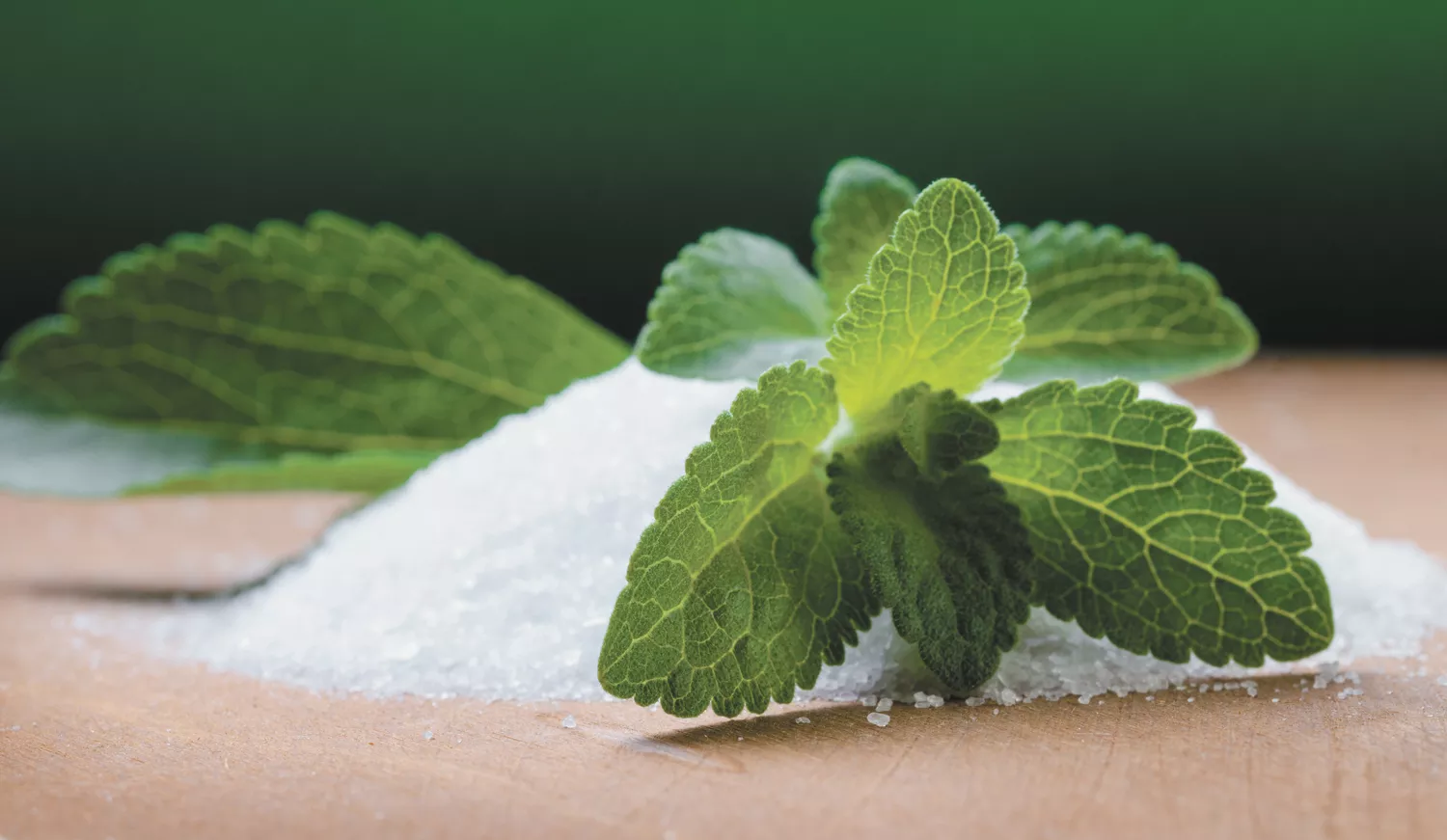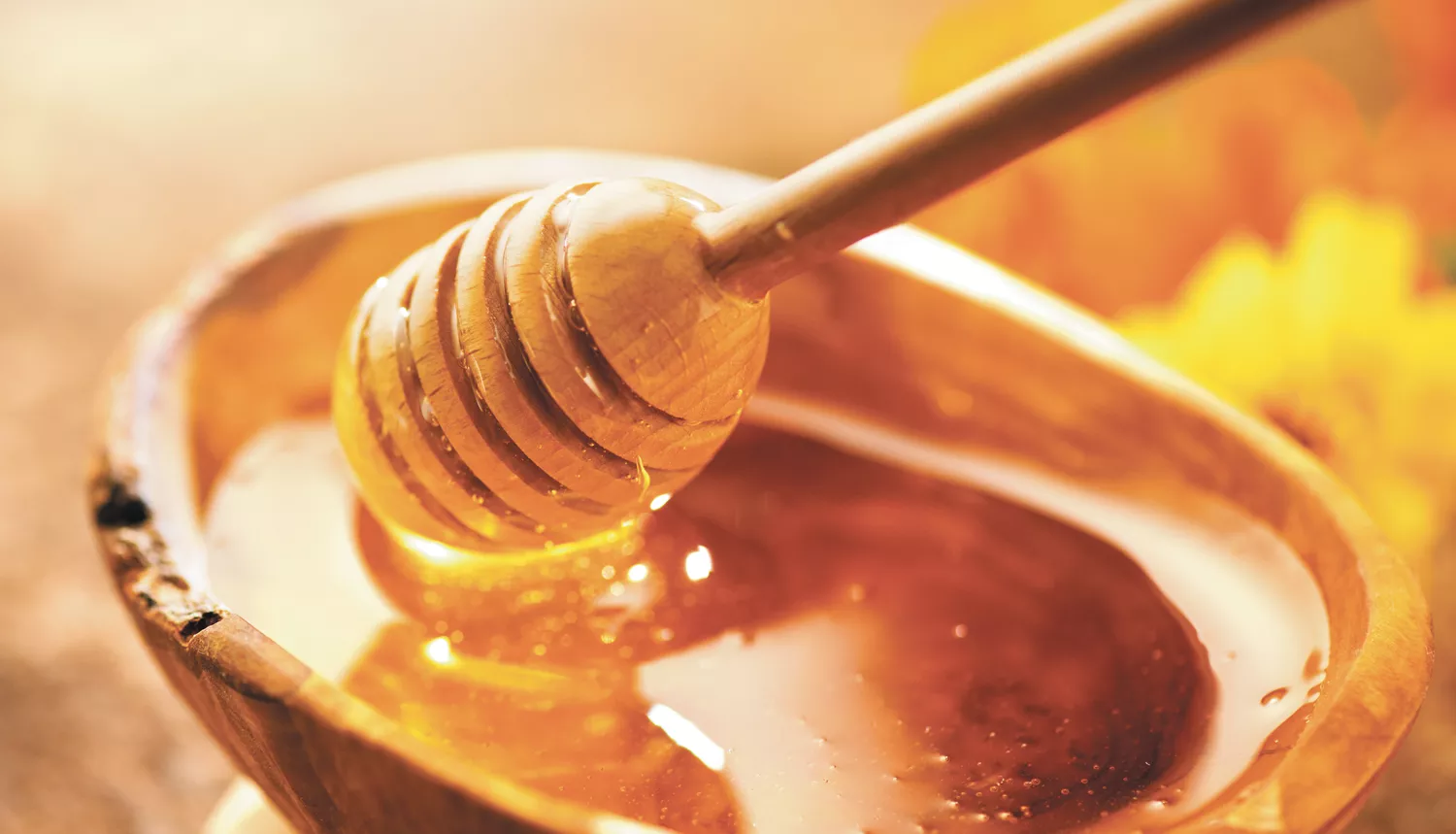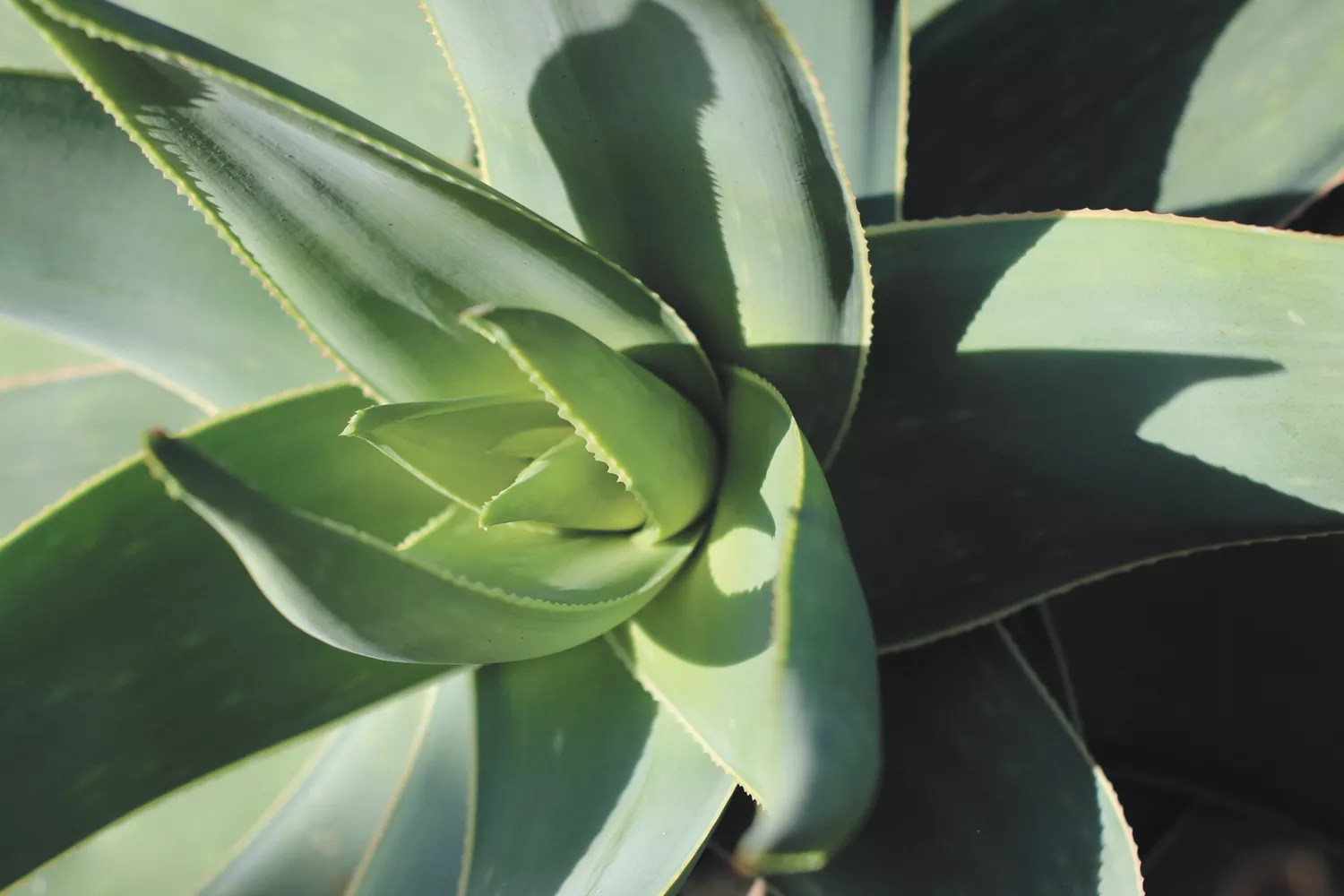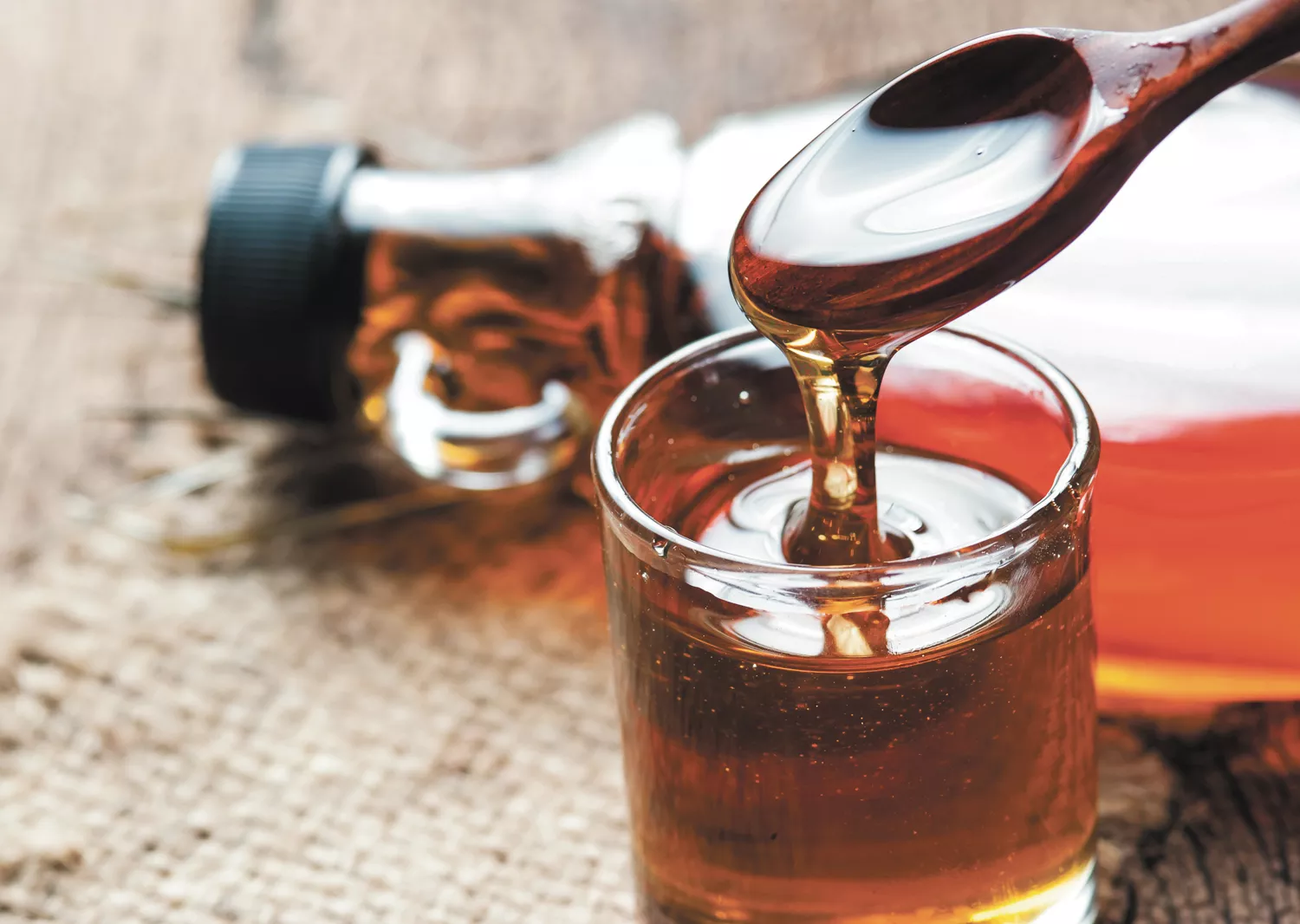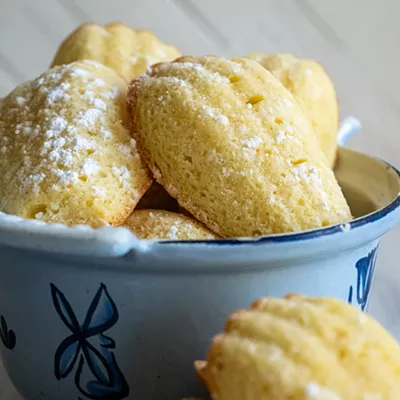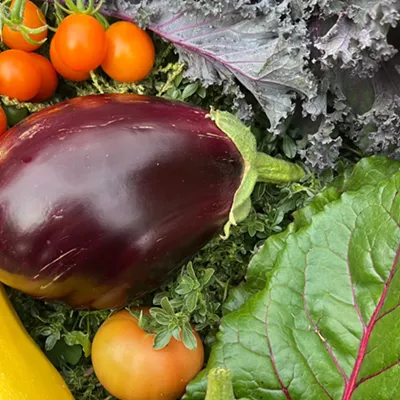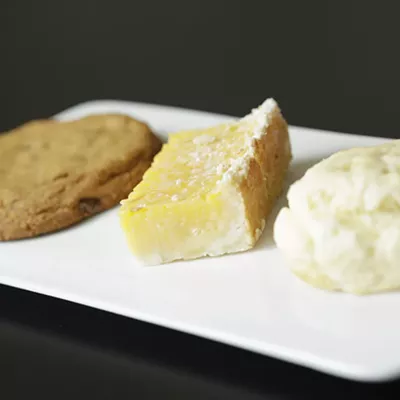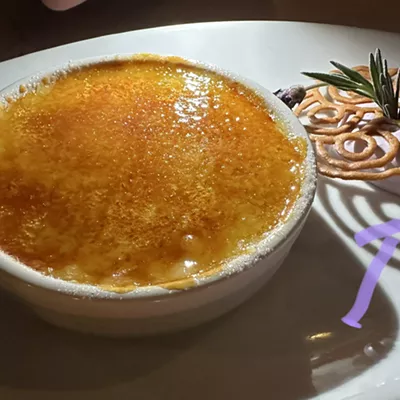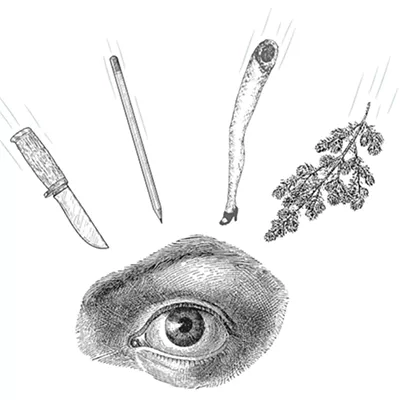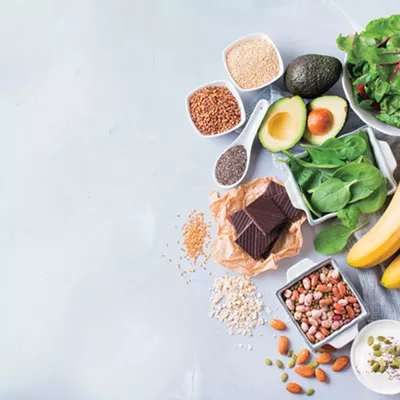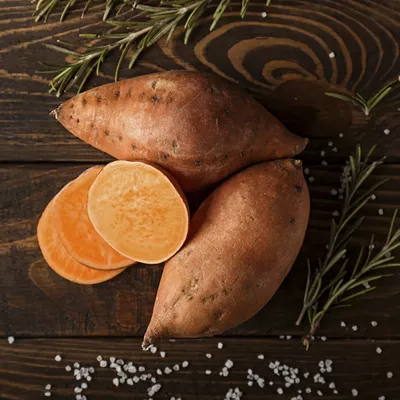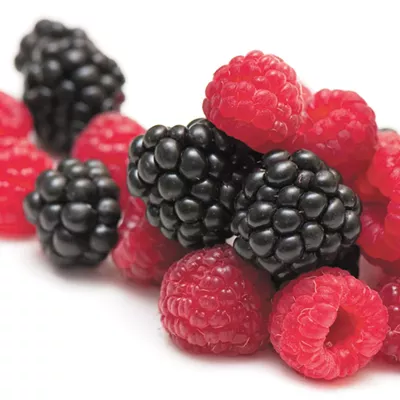There's been a lot of talk about the quality of sugars over the years. While we've all heard that we should reduce our intake of heavily processed sugar, such as refined sugar and high-fructose corn syrup, not all unrefined sugars are created equal. Although the best way for your body to consume sugar is from whole foods like fruits and berries, our daily coffees and homemade cookies are still begging for some sweetness.
So it's good news that there are a lot of options on the shelves for natural, unrefined sweeteners. If you are looking to avoid sugar altogether, the leaves of the STEVIA plant are just about as natural a sugarless sweetener as you can get. Stevia can even be grown right here in the Inland Northwest. However, if you want the sweet richness of sugar but in a less processed form, some good options are honey, agave and maple syrup. Let's break down the pros and cons of each of those options so you can make more informed choices about which sweeteners work best for you and your family.
The history of HONEY dates back as far as written history, with records older than 2100 B.C. across many different regions and cultures. Honey is often considered the oldest sweetener used by humans. Additionally, honey is packed with benefits including a high antioxidant content with phytonutrients that may help lower inflammation and boost immunity. Some have hypothesized that raw local honey can help with seasonal allergies due to local pollen content, which in turn could reduce reactivity to similar antigens. However, studies have shown contradicting results for the benefits of honey for allergies.
It's worth noting that heating honey is a debated topic, with chemical studies and Ayurvedic text both warning of the potential increases in toxic compounds such as hydroxymethyl furfuraldehyde (HMF). Additionally, heating above 37 C (98.6 F) can decrease nutritional contents and active enzymes in otherwise raw unpasteurized honey. However, others argue that the harms of heating honey are minor. Either way, consider using an alternative next time you reach for honey to add to your hot tea or cake, or reserve your honey for drizzles on baked goods and cooler drinks. If you do need to heat honey, to dissolve crystallization or for better flow, it's best to keep it below body temperature (37 C/98.6 F) and avoid direct heat.
AGAVE nectar also has a long and rich history, rooted in Mexico. There are more than 100 varieties of agave plant that are either farmed or native to the region. Juice is extracted from the agave plant, filtered, and concentrated to its final form that we see on grocery store shelves. A serving of agave has about 20 percent of the daily value of both vitamins B6 and C. Agave is also quite low on the glycemic index, but is often considered dangerously high in fructose (discussed more below), which can be a deal breaker for many searching for health benefits of natural sweeteners.
In the Northeastern Americas, MAPLE SYRUP has been used as a sweetener for centuries. The legend goes that Iroquois leader Chief Woksis once threw his tomahawk at a maple tree in wintertime, then the next day when the sun came out it warmed the tree and covered the tomahawk with sweet maple sap. Much like agave nectar, maple syrup is the concentrated form of the sap of the maple. Maple syrup is very high in zinc and manganese, with 28 percent and 165 percent of the recommended daily intake, respectively. It is also very high in antioxidants. Maple syrup is graded by color (Grade A is lighter and often used directly as a sweet drizzle, while Grade B darker and often used in cooking/baking). Be sure to read labels carefully when buying maple syrup, since there are arguably more companies selling maple-flavored high-fructose corn syrup than those selling 100 percent real maple syrup.
Finally, looking at the levels of fructose in sweeteners is important, as high fructose sweeteners increase the risk of diseases such as diabetes, obesity, insulin resistance, heart disease, high cholesterol, and fatty liver disease. As a raw animal product, honey varies the most in fructose content from batch to batch but generally falls around 50 percent fructose. Agave is the highest of the three, with around 85 percent fructose. Conversely, maple syrup is the lowest with just around 4 percent fructose. Keep in mind that all three of these sweeteners are still pure sugar, so they should be consumed in moderation regardless.
Stacey Aggarwal received a Ph.D. in pharmacology from the University of Washington. She writes about biology, health and nutrition while running a lavender farm in North Idaho.

